S&P Global Offerings
Featured Topics
Featured Products
Events
S&P Global Offerings
Featured Topics
Featured Products
Events
S&P Global Offerings
Featured Topics
Featured Products
Events
Banking & Capital Markets
Economy & Finance
Energy Transition & Sustainability
Technology & Innovation
Podcasts & Newsletters
Banking & Capital Markets
Economy & Finance
Energy Transition & Sustainability
Technology & Innovation
Podcasts & Newsletters
S&P Global Offerings
Featured Topics
Featured Products
Events
BLOG — Oct 30, 2023

By Michael Lin

Social bonds represented the largest share of sustainable issuance, accounting for $5.3B, or 41% of sustainable issuance in Q3 2023. The largest social bond issued during Q3 2023 was The City of New York City's $700M General Obligation Bonds, Fiscal 2024 Series B, Taxable Social Bonds, Subseries B-1 priced on 9/15/2023.
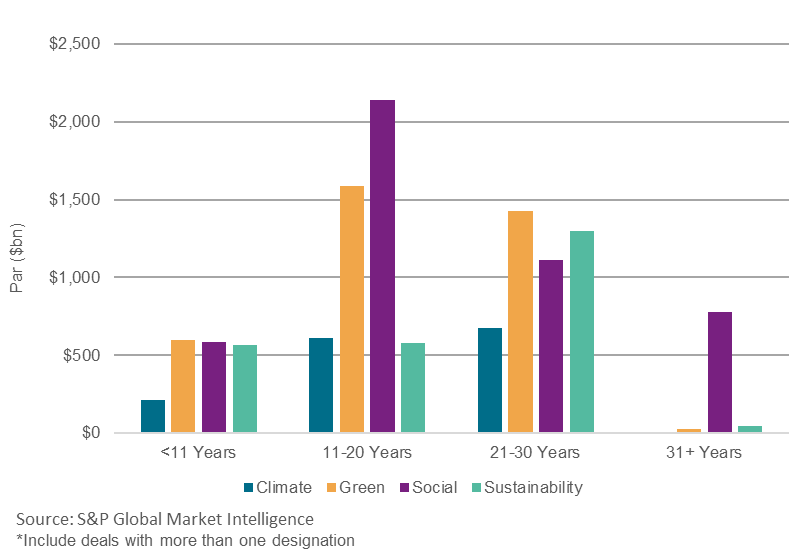

Sustainable Issuance by Verifier, Type, and Maturity

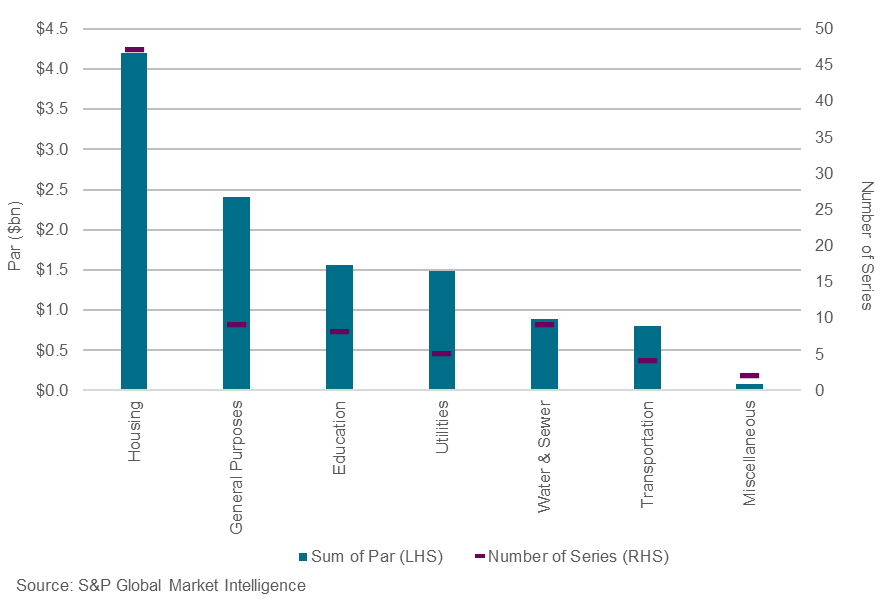
The Housing sector represented the greatest portion of sustainable bonds by sector with $4.2B issued, led by the Washington Housing Finance Commission's $328M Municipal Certificates Series 2023-1 Class A (Social Certificates) and $328M Municipal Certificates Series 2023-1 Class X (Social Certificates).
Sustainable Issuance by State
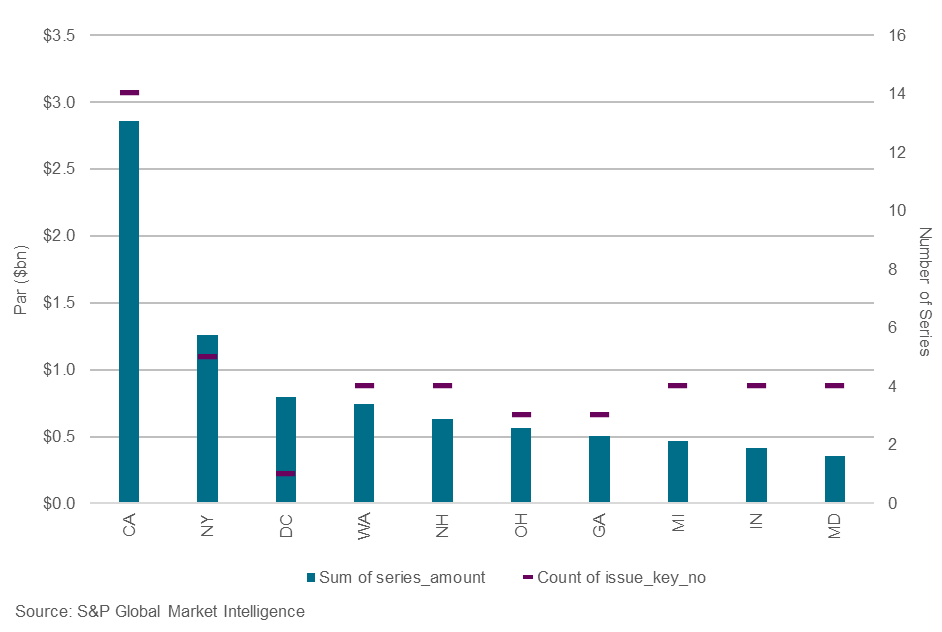
CA led the sustainable issuance in Q3 2023 with over $2.8B of issuance.
Verifier vs Self
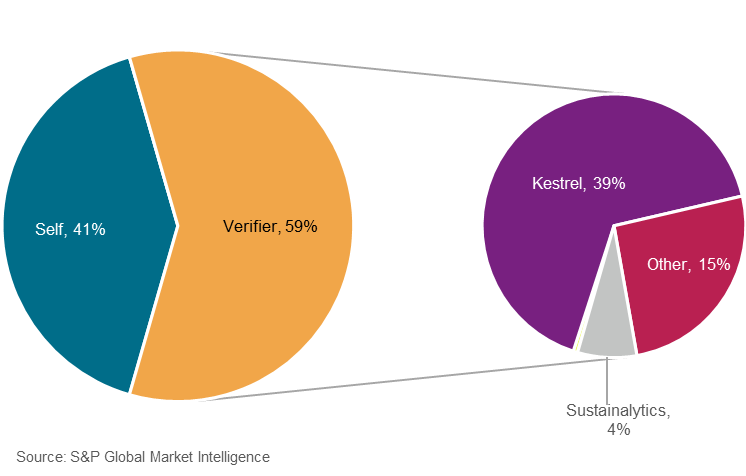
Majority of sustainable issuance was third-party verified in Q3 2023, with Kestrel Verifiers accounting for the bulk of the third-party verified issuance.
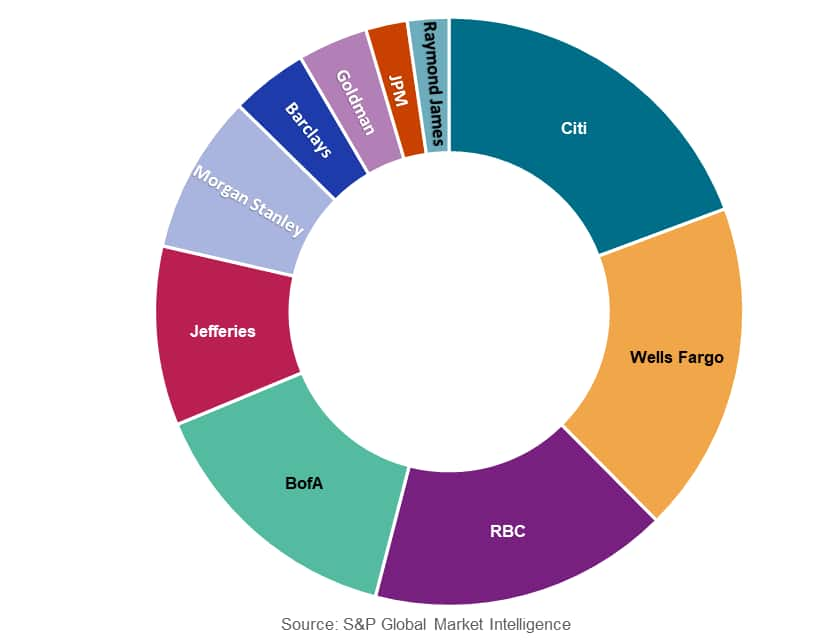
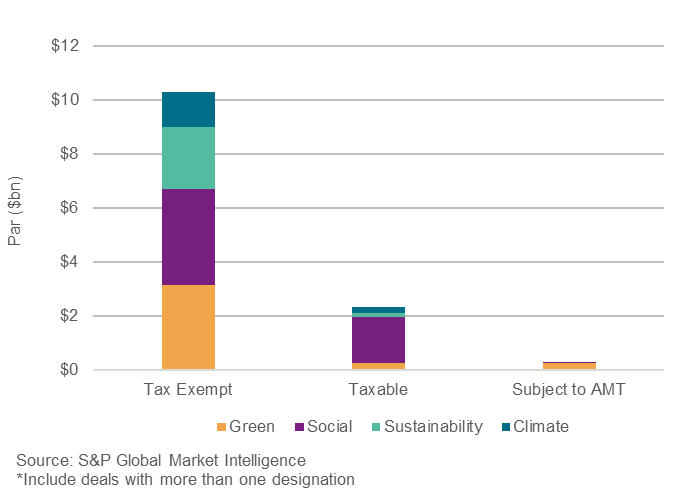
S&P Global provides industry-leading data, software and technology platforms and managed services to tackle some of the most difficult challenges in financial markets. We help our customers better understand complicated markets, reduce risk, operate more efficiently and comply with financial regulation.
This article was published by S&P Global Market Intelligence and not by S&P Global Ratings, which is a separately managed division of S&P Global.
